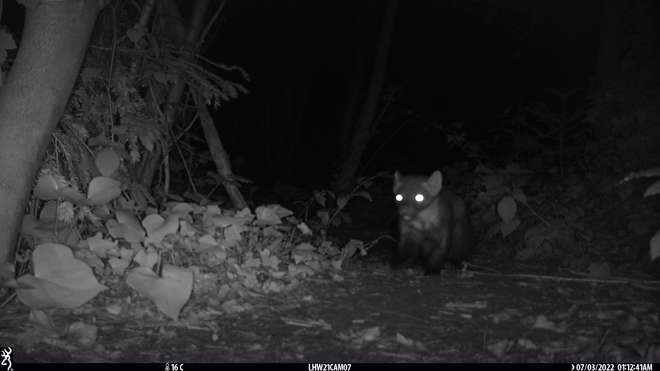The decline in African Lions has been pretty constant and totally devastating. Just 100 years ago, there were about 200,000 lions in Africa (some estimates suggest as many as 500,000 in 1950, and 200,000 as late as 1975.
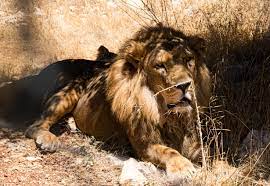

Wildlife and conservation new, wild travel information and links for booking
The decline in African Lions has been pretty constant and totally devastating. Just 100 years ago, there were about 200,000 lions in Africa (some estimates suggest as many as 500,000 in 1950, and 200,000 as late as 1975.

While the Cheetah has suffered a horrific fall in range and numbers in the world over the last century, there are some hopes for the species.
Cheetah are not big cats- this means that they often struggle to thrive in small reserves alongside other big cats. What this has meant is that in many countries there are more cheetah outside reserves than inside reserves. This is primarily the case in Southern Africa, in particular Botswana, Namibia, South Africa and Zimbabwe where the most free ranging cheetah currently live. To a lesser extent, there are also free ranging cheetah in east Africa in Tanzania and Kenya.
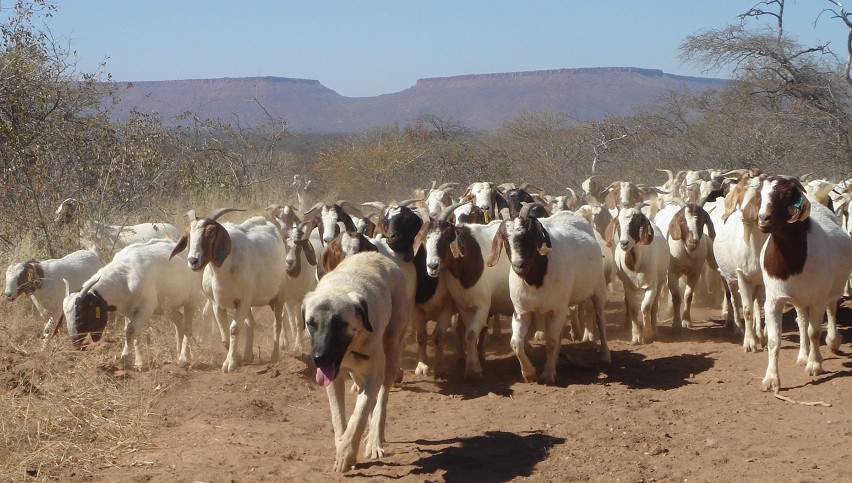
Mangrove trees are essential in many parts of the world. Having been severely depleted in recent decades, the human race has realized their importance late, as ever. From stabilizing shore lines, and stopping excessive loss of sand into the sea, they also seive much of our pollution out of the water.
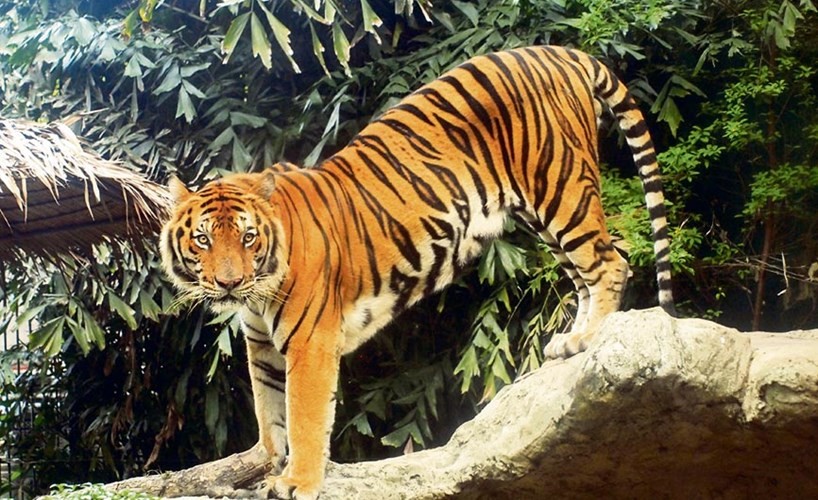
One of the biggest arguments against electric cars is the length of time that they take to charge. This of course forgets that for virtually every journey in the year, the distance that the car can go without being charged is enough to do the return trip. For the majority of electric cars, you can drive 200-300 miles before having to stop to charge- short of a rare road trip this will do almost all drives. It of course also forgets the fact that a human driver needs to stop for refreshments, to use the toilet and to have a break.
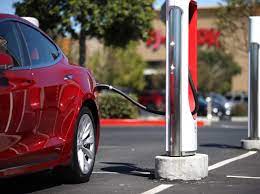
With the advent of large numbers of zoos – with healthy collections of animals from around the world, the loss of a species in the wild can sometimes be reversed.
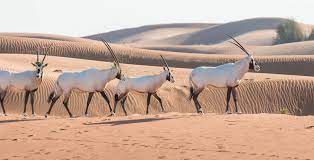
Unfortunately the history of the Oryx is not good. By 1800, its range had become severely restricted throughout the Arabian peninsular. Pressure merely increased after this. By 1948 Oryx had been hunted to near extinction, particularly after the advent of the motor car, allowed access to previously safeholds. In 1972, the last few Arabian Oryx were living in Oman, and were killed a few weeks later.
A mixture of overgrazing by livestocks, and capture for private collection were of lesser importance of this species extinction in the wild, but proved also to be its saving grace.
Today, there are thought to be about 1200 wild Arabian Oryx (1 of four Oryx species) living in Saudi Arabia, with a further 6-7000 living in the wild.
This means that this species has gone from being extinct in the wild, to merely vulnerable (as classed by the IUCN) the first to ever do this.
The process started in 1986 when 50 individuals were transferred to a research centre in Saudi Arabia. At this point only a few hundred survived in captivity. To add to the complication, many were found to be severely infected by TB. While in normal species any infected animal would be killed this could not be done. Instead they were treated with various drugs, any young born to infected females would be taken away and hand-reared, as TB can be transferred in the mothers milk.
In 1989 the first Arabian Oryx were rereleased into teh wild in central Saudi Arabia. A decision was made to enclose allof the reserve 2553 square km, about the area of Dorset, though this was good for the other wild life in the area, which included Arabian gazelles, red-necked ostrich and Houbara bustards.. This reserve now has over 500 of these Oryx making it the biggest wild population.
Later Oryx were released into a large reserve into the south of the country, and these have become established with a population of about 100. While small, this is the largest fully free ranging population int he world.
There is still much to be done. Currently, work is being done, to create cross border reserves with the UAE, Oman and Yemon -the other countries of the Arabian Peninsula. If this works, then the Oryx will become a full feature of the whole of the Arabian peninsula as it once was.
The worlds international deals of all kinds rely on countries doing what they promise, though it is true that if a small country promises a big country, then the big country can make them fulfil their pledge.
What should happen here? It is by definition the case, that the poor countries are those that has been promised the money.
The USA and the UK will fall short of their pledge for 2022.
The amount of this support that each country was responsible was worked out, on the basis of historical emissions and their gross national income. In other words, this split was done as fairly as possible – getting those countries that are responsible for the majority of emissions over time to pay the most, taking into account the countries current ability to pay.
Unfortunately, the USA has the biggest gap between what it has paid, and what it owes. In 2020, the USA paid just 5% of its share, indeed, despite having an economy that is 40% bigger than the EU it paid just 1/12 of what the EU did.
While the UK did better, it is still in default. In 2020 we paid just half of its fair share, and the plan is for this to only reach 2/3 by 2025. Australia paid only 23% and Canada just 18%, and neither have pledged to improve this in the next few years.
The only rich countries that are paying what they owe, are Sweden, Norway, the Netherlands, Germany, Denmark, France and Japan.
Currently, of the promised $100 billion each year, only 83% is being met.
What is alarming, is the amount that was agreed (the $100 billion) is extremely small compared to the losses suffered by these poor countries as a result of the weather that has been triggered by global warming.
This is a big problem. If all these poor countries simply ignored science and destroyed their environment, it would be devastating for the west. Yet currently we are not doing what was promised.
Coral reefs are really important. While they only cover a small area (under 1% of the earths surface area) they support about 25% of all marine life, including more than 4000 species of fish.
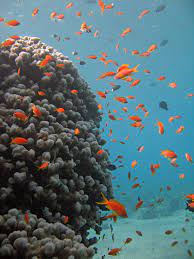
Perhaps one of the issues with a parliamentary democracy is what happens when the leader of the party in power leaves.
The prime minister is the leader of the party which holds a majority in the house of commons. This means that if the leader of this party resigns, or is pushed out by his party, a small part of the country (those in this case that are Conservatives) get to vote on who leads the country. 0.1% of the country are in the Conservatives party, and are generally older, richer and less worried about climate change than the average person in the UK.

Unfortunately, as I have written, Liz Truss, the person who has just taken over this role is making many decisions which are going to be bad for us cutting carbon emissions and therefore us as a country (as well as the world as a whole).
Continue reading “More change in direction with the new UK PM”Solar panels are now one of the cheapest way of generating electricity. This is basically a known fact, despite what is said. Now it is true that there has been some farmland that has been used for solar panels (one of the stupid things about this, is that if you make the solar panel stand longer, there are a whole range of crops that could be grown in the shadow of the panels.
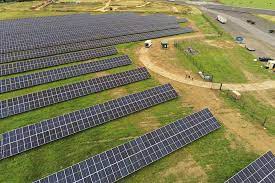
Pine martens are an arboreal hunter. It is native to Europe, stretching into Asia in areas such as Iran and Syria. It is also a native part of the UK ecosystem. Unfortunately, as an arboreal predator the pine marten was horrifically reduced in the UK by the destruction of our rainforests. What few animals continued to survive in fragments of forest left behind, have been persecuted by farmers for their habits of taking chickens and similar animals.
This is why this sighting of a pine marten on the edge of London is so exciting.
